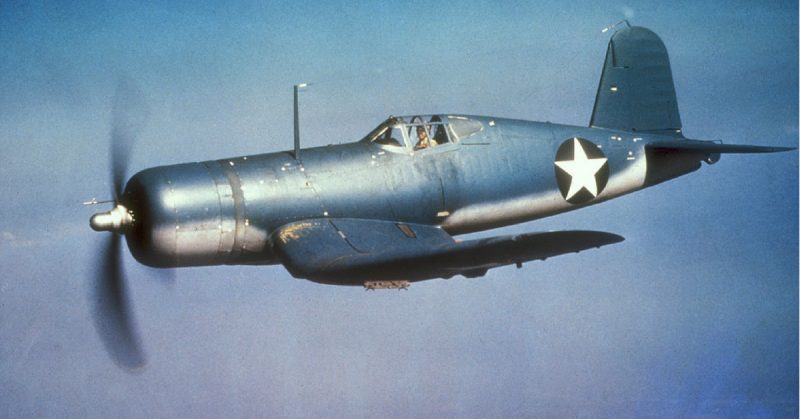The world of World War Two aviation enthusiasts is both united, and divided. United in the sense that all value and appreciate both the men and the machines that flew during the war. Divided over which plane was the “best”.
Those who treasure bombers have their own opinion, and I’ll bet there are no small number of people that are really into transport planes of all sorts – I actually think the German Junkers Ju-52 transport is a very cool looking plane, and of course, we know the war might have lasted much longer without the famed American Douglas DC-3.
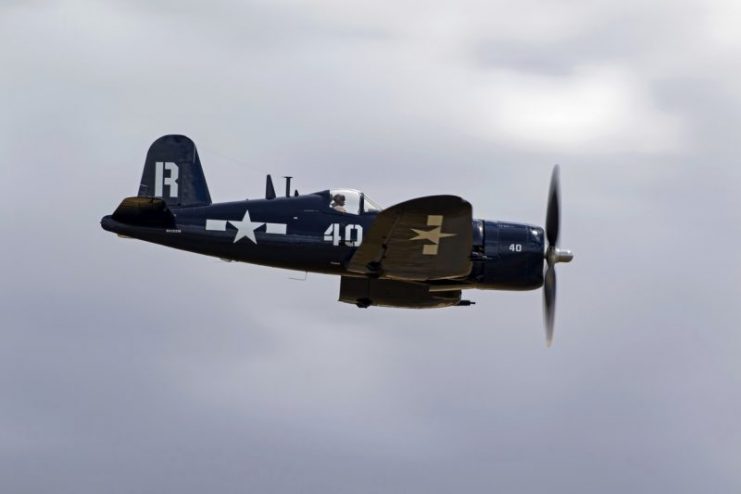
Bombers and transports are great, and there are great stories attached to both the planes and the exceedingly brave men who flew them.
However, just as in boxing where the heavyweights (at least used to) gain the most attention, it is the fighter planes of the war that generate the most excitement. Ask an Englishman what the best plane of the war was, and you’ll get an unequivocal answer: the Spitfire. Ask many Americans, and many will say confidently: the North American P-51 Mustang.
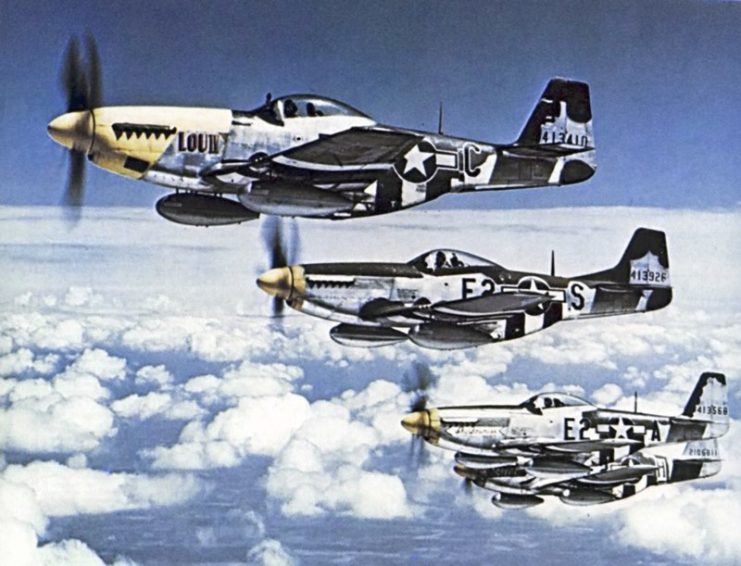
In Britain, there were other illustrious warbirds: the Hurricane and the Mosquito come to mind. But aside from the different marks (production models) of the Spitfire, that’s pretty much it (though I like the looks of the Typhoon). The United States built a plethora of fighters throughout the war. Just off the top of my head, I counted eleven.
The P-51 and the Grumman F6F Hellcat (a truly under-appreciated airplane), both scored more victories that my personal favorite, but for the most part they were confined to a truly fighter role. My plane was a fighter-bomber, and it had the absolutely coolest nickname of any plane during the war: “The Whistling Death”. Of course, I’m talking about the Vought F4U Corsair.
Nicknames are always better when given to you by your enemy out of respect, and the Japanese respected the heck out of the Corsair. Throughout the war, the Corsair had an 11:1 kill ratio over the Japanese. Seeing that gull-winged silhouette coming at you, or gliding onto your six must have made much Japanese blood run cold.
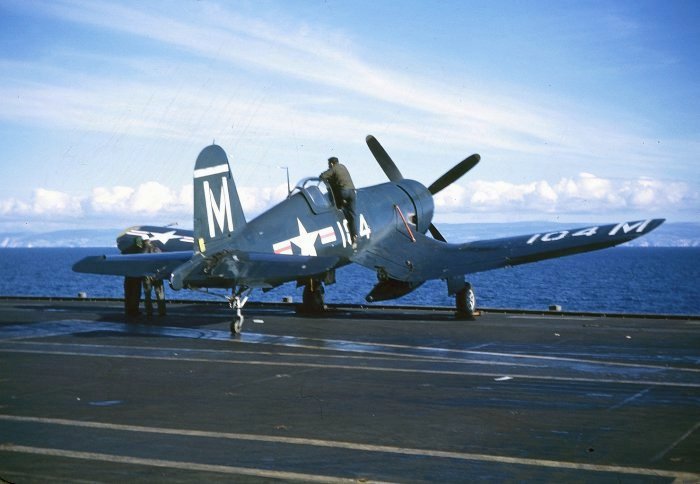
Growing up, I and all my friends were fascinated by WWII. Some of our parents and older relatives had fought in the war. My uncle fought at Bastogne. We were could not get enough of it.
My friends built P-51 Mustang models. I built P-47 Thunderbolts just to be different. Then, when I was thirteen, my WWII flying fantasies almost got real. Instead of black and white movies where the pilots were always mouthing something corny after they shot someone down (“Here’s one from Uncle Sam, Fritz!”), we got color, and good explosions.
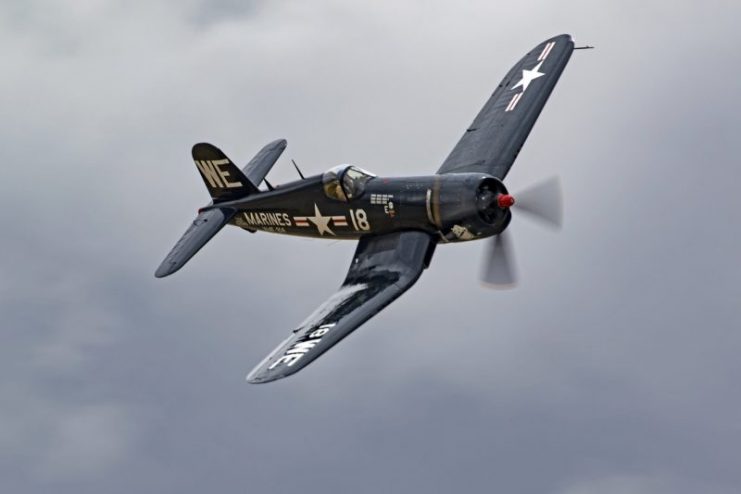
On TV. And the plane – we hadn’t really known much about it before. All we knew from the Pacific Theater was about the P-40 Warhawk used by the Flying Tigers in China, and the Grumman F4F Wildcat (which frankly, is a boring airplane).
Now there was this absolutely cool gull-winged predator flying every week on our TV screens in the NBC show “Baa Baa Black Sheep”. To this day, when friends ask what I would do if I won the Powerball, “Buy a Corsair” is always at the top – even if it’s a replica.
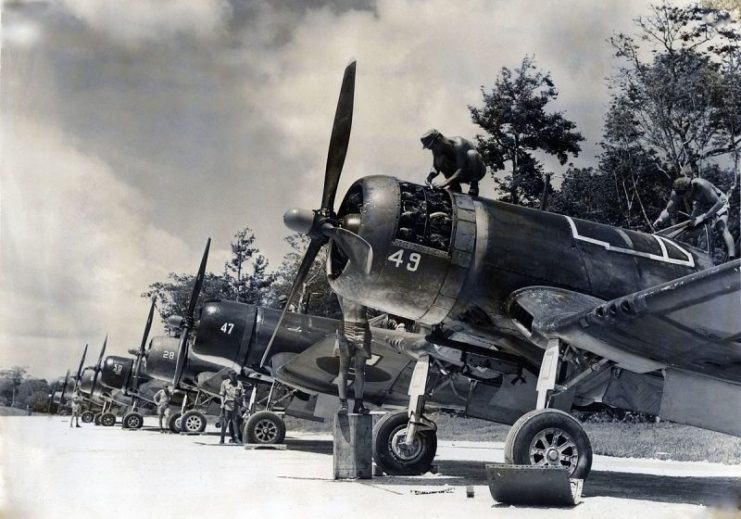
The show was loosely (very loosely) based on the accounts of legendary ace Gregory “Pappy” Boyington, who had been a Flying Tiger and formed his own fighter squadron (VMF-214) at Vella Lavella in the Solomon Islands chain in 1943. Though the TV show portrayed the pilots of the Black Sheep squadron as drunken misfits with no respect for the chain of command (ala M*A*S*H), this for the most part was not the case.
Many of the pilots were “orphans”, meaning they had yet to be assigned or re-assigned to squadrons when Boyington recruited them. They were a mixed bunch: some had flown in China, some were aces, some had no experience in combat whatever.
“Poor little lambs that had lost their way”, was the lyric from the popular “Whiffenpoof Song” of Yale. That, and “orphans” and you get “Black Sheep”. The squadron produced nine aces and shot down over two hundred of the enemy. But that is just a small part of the total of the Corsair. The Corsair claimed over 2,000 air victories during the war.
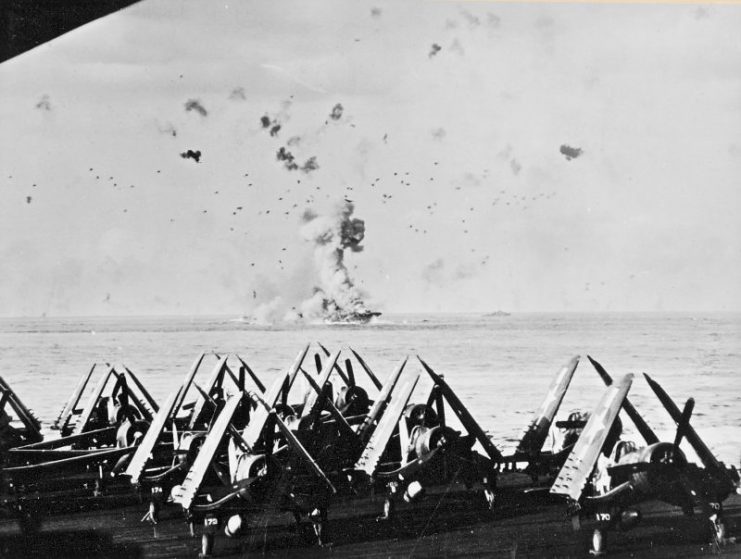
The original Corsair had a speed of just under 400 mph (the plane entered service in July 1942). By wars’ end, the F4U-4 was flying at nearly 450 mph with a 2350 horsepower Pratt & Whitney engine. All but one variant carried six .50 caliber machine guns, which could absolutely tear apart anything the Japanese put in the sky.
All variants could carry a 2,000 lb bomb-load. The operational ceiling of the plane varied from the first variant to the last, but all flew in the upper thirty-thousand foot range. Speaking of range, each of the Corsair models had an over 1,000 mile range. This plane was a monster.
Though its main opponent, the famed “Zero”, could out-turn it (and most other planes of the era) at low altitude, the Corsair was much faster, and could both out-climb and out-dive the Japanese plane. It also had the ability to withstand much damage, and the Zero unequivocally did not.
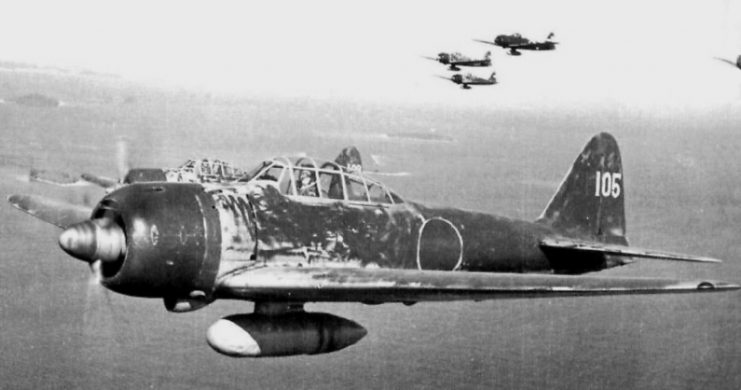
The famous gull-wing came about because the Corsair was originally designed for aircraft carrier duty (though oddly enough, most of the Corsair sorties flown during the war were not flown off a carrier deck).
This required a folding wing for storage, but because of the heavy design of the plane and the specifications needed for its landing gear, (which needed to be high because of the size of the planes propeller), a gull-winged design was finally arrived at. This allowed the struts of the landing gear to be much shorter than they would normally have been.
The Corsair was not an easy plane to fly off and onto a carrier deck. Firstly, because of its power and weight, all of its flaps had to be deployed fully as it approached, making the plane a bit unwieldy. Second, the tips of the wings and the elevated nose (the plane was a tail-dragger) limited visibility at landing and take off.
The British (who were among many nations to receive Corsairs during and after the war) solved this problem by making a unique left-handed approach to the carrier deck, which was picked up by the Marines and US Navy. Once a pilot got used to the planes’ unique characteristics, the Corsair was a dream to fly…and land, on sea or otherwise.
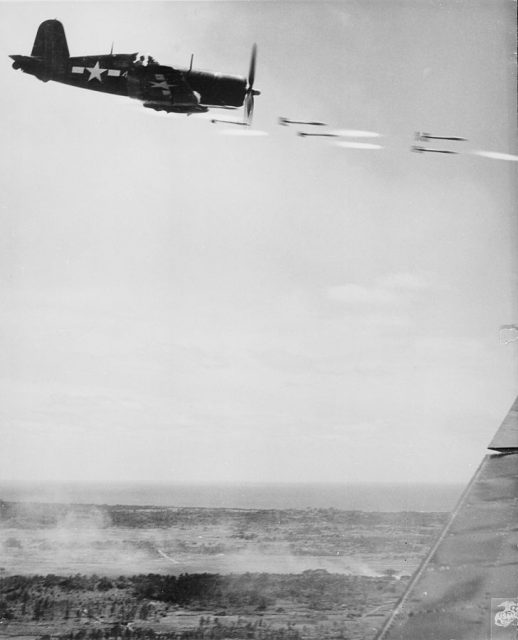
The Corsair, like the Mustang, saw limited action in Korea (before the advent of the jet age), and was sold to less developed nations around the world to augment their air forces. Israel had a number of Corsairs that flew in its war of independence in 1948. Over 12,000 were built until production ended in 1952.
Fortunately, there are still a number of original Corsairs flying around the world, thanks to the efforts of enthusiasts whose love of the plane means we are still able to hear the “Whistling Death” in action! (…listen at 1:44!).
___________________________________________________________________________________
Matthew Gaskill holds an MA in European History, and writes on a variety of topics from the Medieval World to WWII to genealogy and more. A former educator, he values curiosity and diligent research. He is the author of many best-selling Kindle works on Amazon and is currently working on a new book.
